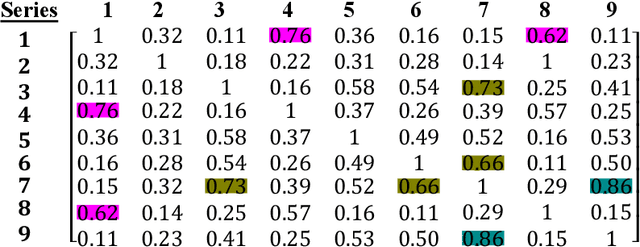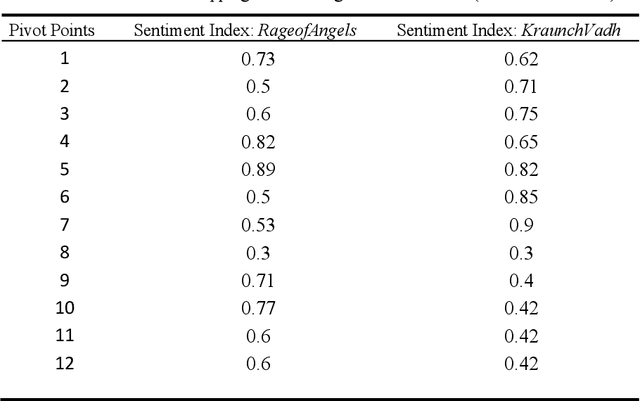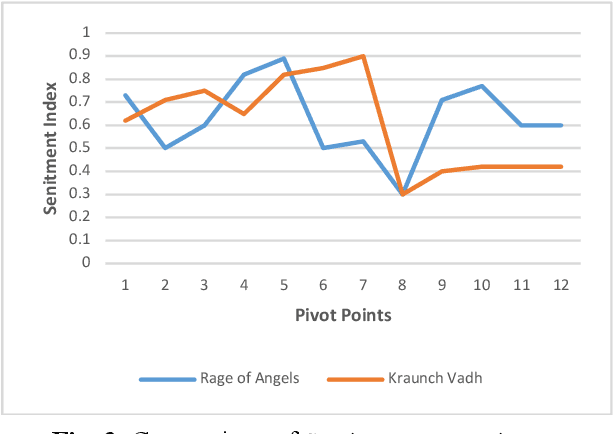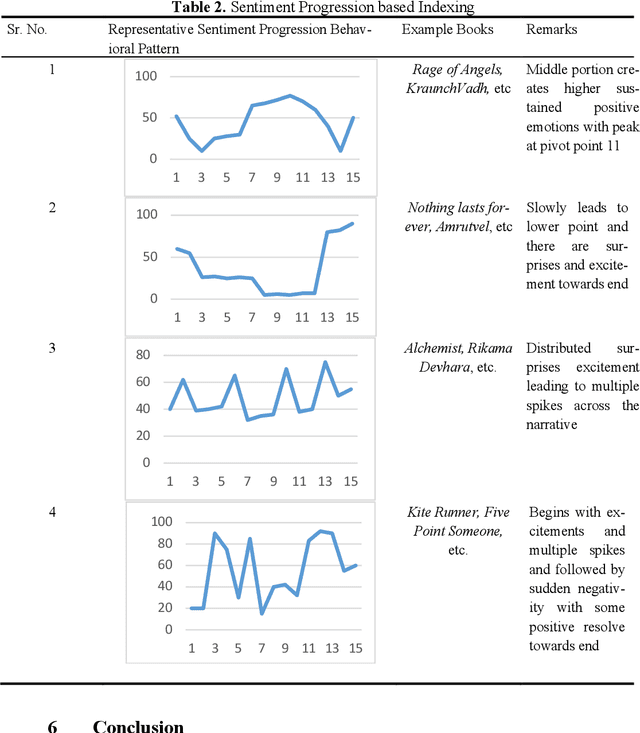Bradly Alicea
Flipping the switch on local exploration: Genetic Algorithms with Reversals
Feb 02, 2022


Abstract:One important feature of complex systems are problem domains that have many local minima and substructure. Biological systems manage these local minima by switching between different subsystems depending on their environmental or developmental context. Genetic Algorithms (GA) can mimic this switching property as well as provide a means to overcome problem domain complexity. However, standard GA requires additional operators that will allow for large-scale exploration in a stochastic manner. Gradient-free heuristic search techniques are suitable for providing an optimal solution in the discrete domain to such single objective optimization tasks, particularly compared to gradient based methods which are noticeably slower. To do this, the authors turn to an optimization problem from the flight scheduling domain. The authors compare the performance of such common gradient-free heuristic search algorithms and propose variants of GAs which perform well over our problem and across all benchmarks. The Iterated Chaining (IC) method is also introduced, building upon traditional chaining techniques by triggering multiple local searches instead of the singular action of a mutation operator. The authors will show that the use of multiple local searches can improve performance on local stochastic searches, providing ample opportunity for application to a host of other problem domains.
Sentiment Progression based Searching and Indexing of Literary Textual Artefacts
Jun 16, 2021



Abstract:Literary artefacts are generally indexed and searched based on titles, meta data and keywords over the years. This searching and indexing works well when user/reader already knows about that particular creative textual artefact or document. This indexing and search hardly takes into account interest and emotional makeup of readers and its mapping to books. When a person is looking for a literary textual artefact, he/she might be looking for not only information but also to seek the joy of reading. In case of literary artefacts, progression of emotions across the key events could prove to be the key for indexing and searching. In this paper, we establish clusters among literary artefacts based on computational relationships among sentiment progressions using intelligent text analysis. We have created a database of 1076 English titles + 20 Marathi titles and also used database http://www.cs.cmu.edu/~dbamman/booksummaries.html with 16559 titles and their summaries. We have proposed Sentiment Progression based Indexing for searching and recommending books. This can be used to create personalized clusters of book titles of interest to readers. The analysis clearly suggests better searching and indexing when we are targeting book lovers looking for a particular type of book or creative artefact. This indexing and searching can find many real-life applications for recommending books.
Connectionism, Complexity, and Living Systems: a comparison of Artificial and Biological Neural Networks
Mar 15, 2021


Abstract:While Artificial Neural Networks (ANNs) have yielded impressive results in the realm of simulated intelligent behavior, it is important to remember that they are but sparse approximations of Biological Neural Networks (BNNs). We go beyond comparison of ANNs and BNNs to introduce principles from BNNs that might guide the further development of ANNs as embodied neural models. These principles include representational complexity, complex network structure/energetics, and robust function. We then consider these principles in ways that might be implemented in the future development of ANNs. In conclusion, we consider the utility of this comparison, particularly in terms of building more robust and dynamic ANNs. This even includes constructing a morphology and sensory apparatus to create an embodied ANN, which when complemented with the organizational and functional advantages of BNNs unlocks the adaptive potential of lifelike networks.
Embodied Continual Learning Across Developmental Time Via Developmental Braitenberg Vehicles
Mar 07, 2021


Abstract:There is much to learn through synthesis of Developmental Biology, Cognitive Science and Computational Modeling. One lesson we can learn from this perspective is that the initialization of intelligent programs cannot solely rely on manipulation of numerous parameters. Our path forward is to present a design for developmentally-inspired learning agents based on the Braitenberg Vehicle. Using these agents to exemplify artificial embodied intelligence, we move closer to modeling embodied experience and morphogenetic growth as components of cognitive developmental capacity. We consider various factors regarding biological and cognitive development which influence the generation of adult phenotypes and the contingency of available developmental pathways. These mechanisms produce emergent connectivity with shifting weights and adaptive network topography, thus illustrating the importance of developmental processes in training neural networks. This approach provides a blueprint for adaptive agent behavior that might result from a developmental approach: namely by exploiting critical periods or growth and acquisition, an explicitly embodied network architecture, and a distinction between the assembly of neural networks and active learning on these networks.
Cultural association based on machine learning for team formation
Aug 01, 2019



Abstract:Culture is core to human civilization, and is essential for human intellectual achievements in social context. Culture also influences how humans work together, perform particular task and overall lifestyle and dealing with other groups of civilization. Thus, culture is concerned with establishing shared ideas, particularly those playing a key role in success. Does it impact on how two individuals can work together in achieving certain goals? In this paper, we establish a means to derive cultural association and map it to culturally mediated success. Human interactions with the environment are typically in the form of expressions. Association between culture and behavior produce similar beliefs which lead to common principles and actions, while cultural similarity as a set of common expressions and responses. To measure cultural association among different candidates, we propose the use of a Graphical Association Method (GAM). The behaviors of candidates are captured through series of expressions and represented in the graphical form. The association among corresponding node and core nodes is used for the same. Our approach provides a number of interesting results and promising avenues for future applications.
The adaptability of physiological systems optimizes performance: new directions in augmentation
Nov 11, 2008



Abstract:This paper contributes to the human-machine interface community in two ways: as a critique of the closed-loop AC (augmented cognition) approach, and as a way to introduce concepts from complex systems and systems physiology into the field. Of particular relevance is a comparison of the inverted-U (or Gaussian) model of optimal performance and multidimensional fitness landscape model. Hypothetical examples will be given from human physiology and learning and memory. In particular, a four-step model will be introduced that is proposed as a better means to characterize multivariate systems during behavioral processes with complex dynamics such as learning. Finally, the alternate approach presented herein is considered as a preferable design alternate in human-machine systems. It is within this context that future directions are discussed.
 Add to Chrome
Add to Chrome Add to Firefox
Add to Firefox Add to Edge
Add to Edge